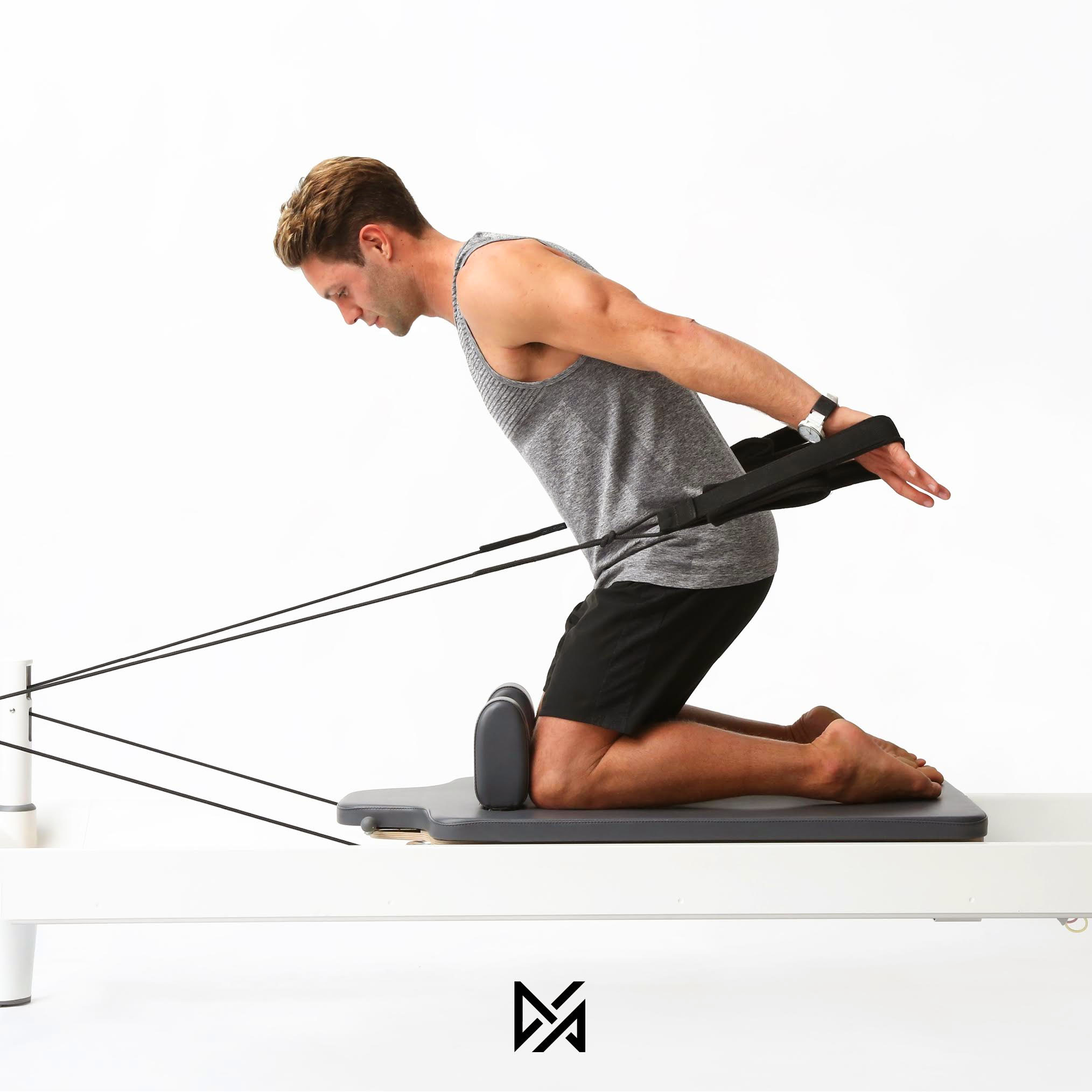Is Pilates useful for men? Consider this: Pilates was started by a man, Joseph Pilates; it’s been a training vehicle for elite athletes, both men and women, for over 50 years; and men have figured prominently as instructors and promoters of the Pilates method throughout its history.
Although men have always been part of the Pilates scene, the surge of popularity that Pilates has enjoyed in recent years has been powered to a large extent by a wave of women participants and instructors, leaving some with the impression that the Pilates method is more for women.
Why Pilates Works Well for Men
Core strength, flexibility, balance, uniform development, and efficient movement patterns — all are hallmarks of Pilates training and highly relevant to men’s fitness. The integrative component of Pilates can be especially beneficial for men, whose workouts often emphasise a part-by-part approach to muscular development, such as occurs in weightlifting.
Pilates, by contrast, emphasizes moving from the center of the body, the powerhouse, and developing core strength in the deep muscles of the center to stabilise the trunk and protect the back. This kind of core training makes Pilates an excellent technique for whole-body fitness, as well as a foundation for cross training with other kinds of sports and exercise.
Increasing flexibility is a goal that Pilates addresses in a way that men often feel comfortable with.
Pilates works toward functional fitness. That is, the ability to have the strength, balance, and flexibility that allows one to move through daily-life tasks with grace and ease. To this end, Pilates exercises do seek to increase flexibility and range of motion, but one won’t find the kind of pretzel stretches in Pilates that one might find in gymnastics or yoga.
Tips for Men Who Are New to Pilates
The best way to start learning about Pilates is by taking classes. You might find that women outnumber men by a little bit. While that demographic is changing, you’ll probably have to deal with being the minority gender, just for the meantime.
There is nothing specifically different about Pilates training for men, especially in the beginning. The Pilates method is the same for all. Developed on a man’s body, and taught with input from both men and women, Pilates is founded on healthy movement principles for the human body in general. Men might find that their muscles are a little tighter than women’s, especially in the hips and hamstrings, but exercises can be easily modified to allow those areas to stretch out gradually. Modification of exercises is commonplace in Pilates, allowing it to meet a variety of needs in practitioners.
Pilates is a body/mind practice where part of the exercise is to bring one’s full care and attention to every movement. Similarly, exacting alignment, and core training that goes beyond the superficial muscles, require more subtle attention and micro-adjustments than some men are used to finding in an exercise class.
There is none of the “just power through” kind of attitude that men might be used to from gyms. In fact, sometimes the lightest setting on a piece of equipment, such as the reformer, is the most challenging for the core muscles. In Pilates, controlled, well-aligned movement is the ticket to a deeper level of fitness.
Article extracted from original article by Marguerite Ogle from Very Well.
